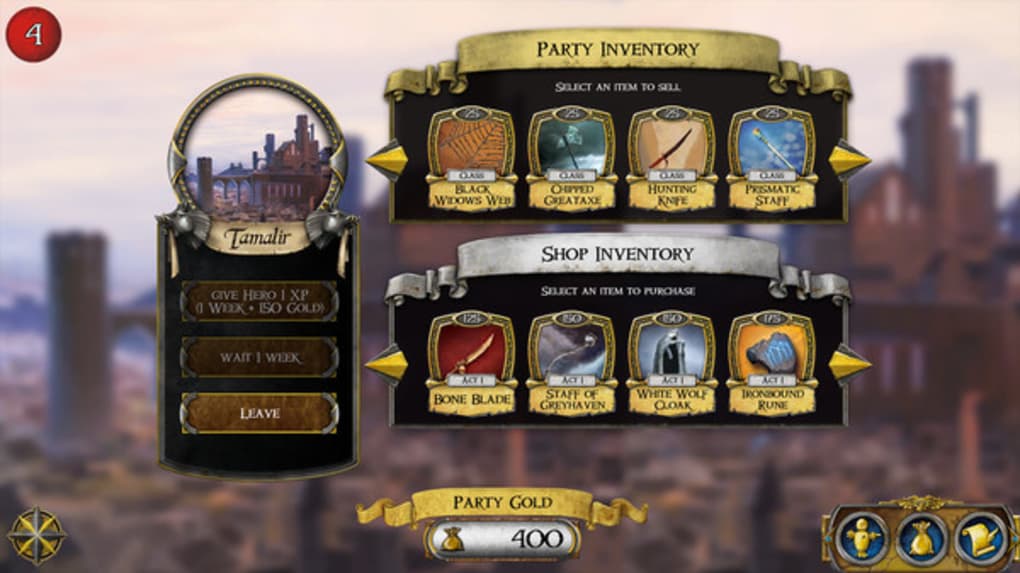

Diagonal Speed Boost: Moving diagonally costs a single movement point, same as moving horizontally or vertically.Debut Queue: Act I of The Shadow Rune campaign sequentially introduces all of the Lieutenants in the base Second Edition, one per quest, culminating in the reveal of the overarching nemesis, Baron Zachareth, in the Intermezzo.That said, Warriors and Healers can also dish out some pain, they're just not as geared towards it as the other two. Damager, Healer, Tank: Encoded in the hero archetypes: Warriors are Tanks with the best defenses and most hit points, Mages and Scouts are Damagers (Mages specialize in Area of Effect attacks, while Scouts lay directed damage), and Healers are just that.Damage Reduction: Armor/defense works by reducing the amount of damage taken from an attack by the result of a defense dice roll.Critical Failure: Rolling an X on the blue attack die means you fail to deal any damage to the enemy, regardless of how well you may have rolled with the other dice.They're more like the types of characters that do appear: The guy with the mace resembles Avric, the elven sword lady is similar to Syndrael without actually looking like her, and the bestubbled archer could be a male counterpart to Jain. Covers Always Lie: The Second Edition box art depicts three heroes, none of whom is actually in the base game or any of the expansions.Competitive Balance: Each available hero has stats and unique abilities that make them useful in certain situations and weak in others.

Combat Medic: The Healer archetype, although its Disciple sub-class is more suited for dishing out pain than the Spiritspeaker, who is more of a Support Party Member focusing on Status Buffs.Character Class System: Each available hero has one of four archetypes ( Warrior, Mage, Scout, and Healer) that determines which classes he or she can belong to (two per archetype in the base Second Edition, more with expansions), which, in turn, determines their abilities and starting gear.Body Armor as Hit Points: Some armors, like the Leather Armor, give the heroes extra hit points in addition to an extra defense die.Behind the Black: The Overlord is able to use spawn cards to generate monsters in any part of the board that the heroes can't currently see, even if it's in a dead-end passage that they just checked out last turn.The Beastmaster: The Necromancer class has the ability to summon an undead minion to fight for them and many of its abilities revolve around buffing the minion.


 0 kommentar(er)
0 kommentar(er)
